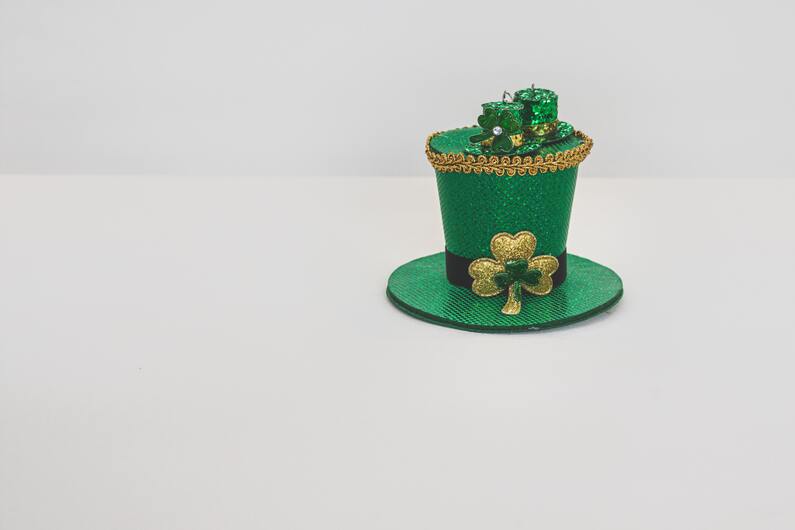
Gnomes and Leprechauns have more in common than most people realize. First, they both like to play pranks on unsuspecting humans – though gnomes are usually outdoor types who ruddy up their faces with mud and dirt while Leprechauns prefer indoor shenanigans. They also share a penchant for collecting gold: Leprechauns hide coins in pots of it, while Gnomes stash all sorts of valuable trinkets and treasures away in their subterranean dwellings.
Finally, these mythical creatures are also notoriously hard to spot – unless, of course, you’ve been gifted a magical wish! Whether because of a spell or just plain luck, spying one of these elusive characters will be sure to make your day. Whether or not they’re related, gnomes and leprechauns are both bound to give anyone an entertaining (and potentially very lucrative) surprise when spotted!
What is a gnome, and where do they come from?
For centuries, people have been enthralled by the mischievous creatures known as gnomes. Classically represented as small human-like figures with beards and pointy hats, gnomes are believed to originate from Germanic mythology and folklore. In these tales, they were said to inhabit the forests and live in underground dwellings where they saved up coins and treasures.
They were also described as helpful and capable of protecting both people and plants, often doing so through singing or magical acts. Modern depictions of these characters often include them gardening and spreading good luck, giving us an understanding of the long-standing tradition behind this beloved creature.
Ultimately though, one thing is for certain; whatever their origin may be, gnomes remain a source of fun and joy for all!
What is a leprechaun, and where do they come from?
Ah, leprechauns. The mythical Irish creature with a penchant for mischief-making and aversion to clothing. While they have been around in various forms since the 18th century, they more recently achieved worldwide fame thanks to the classic movie “The Leprechaun”, which showcased their love of all things gold.
They are traditionally described as wearing red coats or some kind of traditional green outfit, with a hat to match, although there’s no hard and fast rule about what constitutes proper leprechaun attire.
They possess an affinity for practical jokes and pranks and are known to get up to all manner of antics when bored or annoyed. Folklore tells us that they began as hosts of fairies who were charged with watching over their pots of gold (hence why we associate them so strongly with gold).
So, next time you hear somebody asking “Where do leprechauns come from?”, you now know that it was probably fairies! Who knows, maybe they will bring you a pot of gold if you treat them right…or at least leave you alone to enjoy your day undisturbed by their rascally hijinx!
All jokes aside, legend has it that they bring good luck to anyone who can catch one- so why not try your hand? You never know until you give it a go! The quest for the ever-elusive leprechaun may just pay off! Good luck on your adventures! Happy hunting!
Do gnomes or leprechauns actually exist in the real world today?
While there’s no definitive answer, it’s fair to say that both of these creatures are likely based on folklore and legend rather than any actual sightings. That said, you never know – so keep your eyes peeled the next time you’re out and about! Who knows, you might just be the lucky person to spot a gnome or leprechaun in the wild!
What are gnomes called in Ireland?
Leprechauns are the most well-known Irish magical creature, and they are often referred to as “gnomes” in Ireland.
What are gnomes called in Ireland?
While they share some similarities – both enjoy playing pranks and like to collect gold – Leprechauns are specifically Irish, while Gnomes can be found all over the world.
While the jury is still out on whether or not gnomes and leprechauns exist in our world today, it’s undeniable that these two creatures have captured the imaginations of people for centuries.
It’s also interesting to note the similarities between the two beings, such as their small stature and mischievous nature. Whether you believe in them or not, there’s no denying that gnomes and leprechauns make for some fascinating folklore – and who knows, maybe one day we’ll find out that they’re real after all!


I have several gnomes to sell.. I m not sure how to determine prices for each.
( all my fellow gnomes are so00oo annoying, they never leave any mushrooms for me and steal all the conjurer keys so i can’t summon any monsters.)